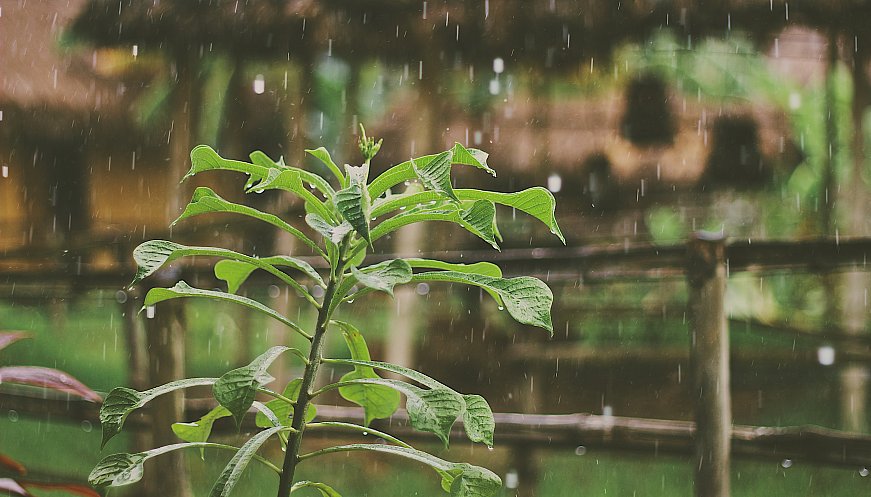 Photo: Mike Kotsch | Unsplash
Photo: Mike Kotsch | Unsplash
During heavy rainfall, towns and cities with combined sewers, sewers that carry both stormwater and sewage, face a problem: overflow can lead to polluted waterways and tainted drinking water. About 10 years ago, the city of San Francisco began to turn, in part, to a simple solution: planting public rain gardens. Rain gardens function like sponges: they dip like a bowl below ground level so that rainwater can be collected. They are 5 feet deep and filled with layers of rock and soil mixes designed to absorb and filter water. The effort has been remarkably effective: 30 rain gardens installed in the Outer Sunset neighborhood of the city reduced the amount of stormwater entering the sewer by 95 percent for the area. "On a smaller scale, individual homeowners who install rain gardens to collect runoff from roofs and gutters can expect to soak up an estimated 30 percent more water than they would with grass lawns."
More:














